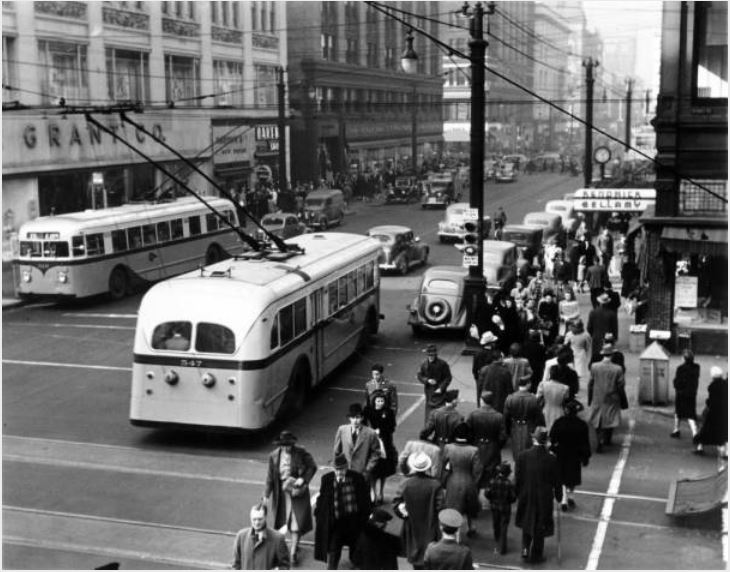In a recent Time Machine Tuesday I wrote about some of our library’s digital documents that tell the story of population changes – and the need for water – over the last twenty years. This week, our digital documents go back quite a bit further, to examine population trends back to Colorado territorial days.
In 1940 the Colorado Agricultural Experiment Station and the Rural Section of the WPA Division of Research teamed up to explore population growth and change since 1860, especially in regards to agriculture and the ability for ag workers to find jobs in Colorado. They published their findings in Population Trends in Colorado, which you can read online from our library.
This publication shows that concerns over population growth are nothing new in our state. The 1940 publication emphatically states that “there is evidence to indicate that Colorado is approaching its population saturation point under its present economic and social structure.” The report suggests that unless more water could be found for irrigation, farming would diminish and “perhaps the additional population must look to industry or mining for sufficient employment to insure an adequate standard of living.” Otherwise, “it appears probable that any future increase in the population of the State will add to the relief burden already in existence.” As the state was just emerging from the Great Depression, the ability to find jobs for a growing population was a significant concern.
Population Trends in Colorado provides an in-depth look at the ups and downs of Colorado population growth from 1860 through 1930, before the Great Depression. (The author notes that a separate study was being undertaken to analyze the effect of the Depression on Colorado’s population after 1930.) The document takes a look at historical population growth factors and explains why, “while there has been a constant gain in Colorado’s population since the first census of 1860,” some decades’ gains were smaller than others. Maps and charts showing migration rates, population density, and future estimates are shown. The publication also discusses differences between interstate and international migration to Colorado; differences between urban, farm, and village population rates; trends in family size, marital status, etc.; and education and employment growth and trends. This publication is a valuable resource for anyone researching the history of population change in Colorado; however, readers should be warned that it does include several racially insensitive comments and illustrations.
Our library has numerous additional publications that examine historical population trends in Colorado, including A Century of the Colorado Census (University of Northern Colorado, 1976), and Population Trends in Counties of Colorado, 1900-1957, published by the State Planning Division. We also have many additional resources on population growth and change in more recent decades; for these and more, search our library’s online catalog.

- How to Spot the Differences Between Eagles and Hawks - August 16, 2021
- How Transportation Projects Help Tell the Story of Colorado’s Past - August 9, 2021
- Time Machine Tuesday: The Night the Castlewood Canyon Dam Gave Way - August 3, 2021